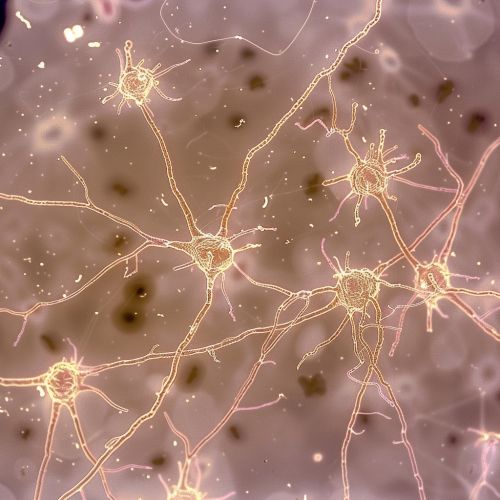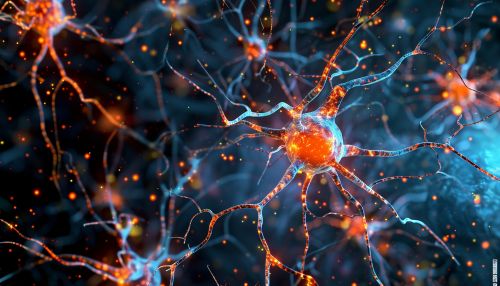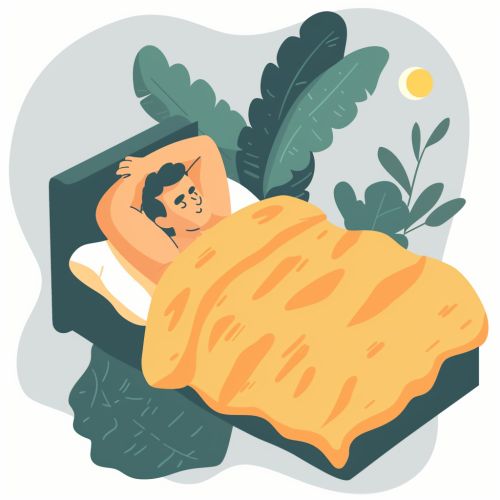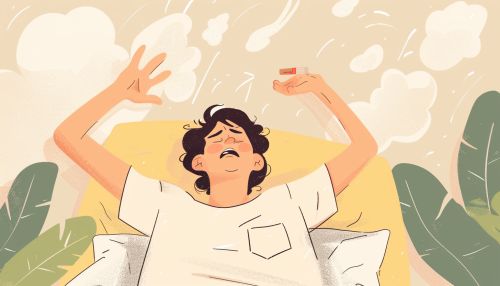Orexin
Overview
Orexin, also known as hypocretin, is a type of neuropeptide that plays a significant role in the regulation of sleep-wake cycles, appetite, and reward systems. Orexin was discovered independently by two groups of researchers in 1998, and its name is derived from the Greek word 'orexis', meaning 'appetite'.


Structure and Function
Orexin is composed of two types of peptides, orexin-A and orexin-B, which are produced by the prepro-orexin gene. These peptides are secreted by a small group of neurons located in the lateral hypothalamus, an area of the brain known for its role in controlling appetite and sleep patterns.
Orexin-A and orexin-B bind to two types of G protein-coupled receptors, known as OX1R and OX2R. The binding of orexin to these receptors triggers a series of intracellular events that ultimately influence physiological processes such as sleep, feeding, and reward-seeking behavior.
Role in Sleep Regulation
Orexin neurons are active during wakefulness and inactive during sleep. They are particularly involved in the transition from sleep to wakefulness and in maintaining wakefulness. A deficiency in orexin is associated with narcolepsy, a neurological disorder characterized by excessive daytime sleepiness and sudden episodes of muscle weakness known as cataplexy.


Role in Appetite and Reward Systems
In addition to its role in sleep regulation, orexin also influences appetite and reward systems. It stimulates feeding and is involved in the response to rewards such as food and drugs of abuse. This dual role in sleep and appetite regulation suggests that orexin may play a key role in the link between sleep and metabolic disorders.
Clinical Significance
Given its role in sleep and appetite regulation, orexin has become a target for the development of drugs to treat sleep disorders and obesity. For example, suvorexant is an orexin receptor antagonist that has been approved for the treatment of insomnia. Research is also ongoing to develop orexin-based therapies for conditions such as narcolepsy and drug addiction.
